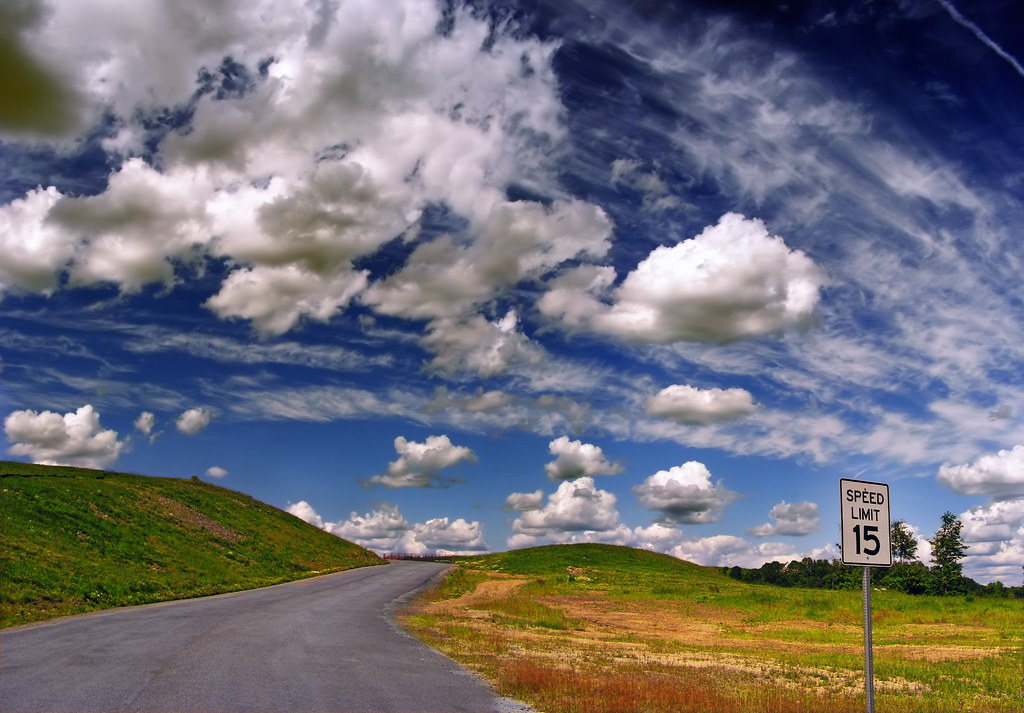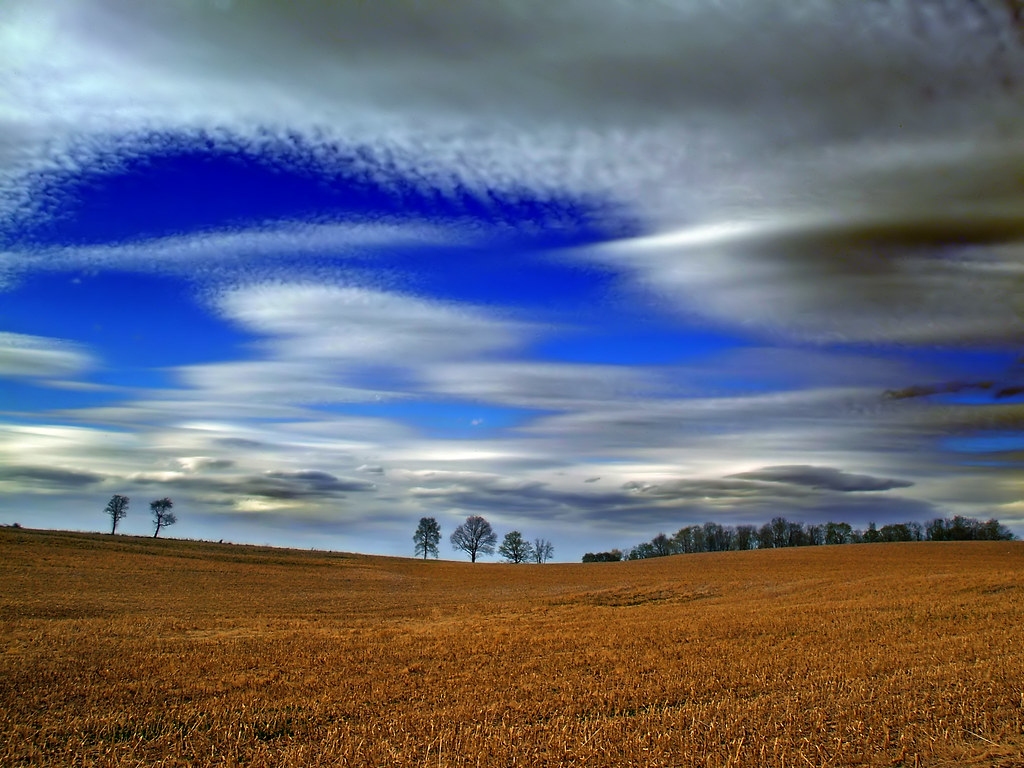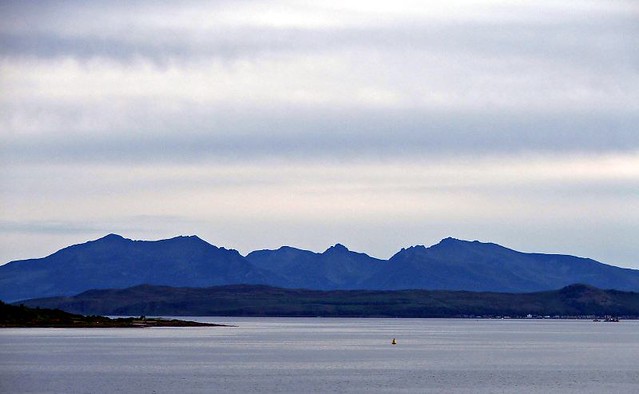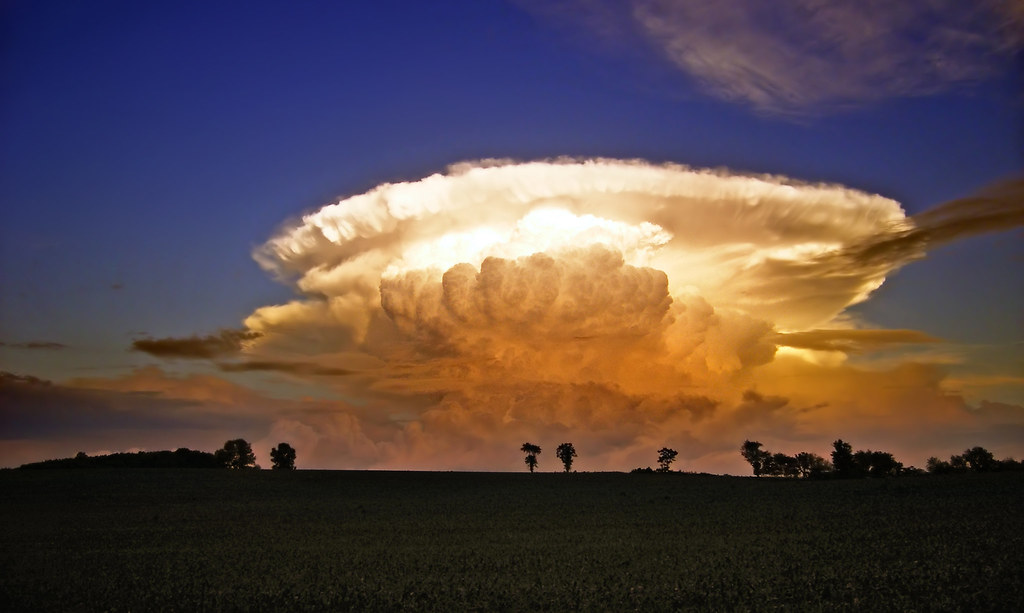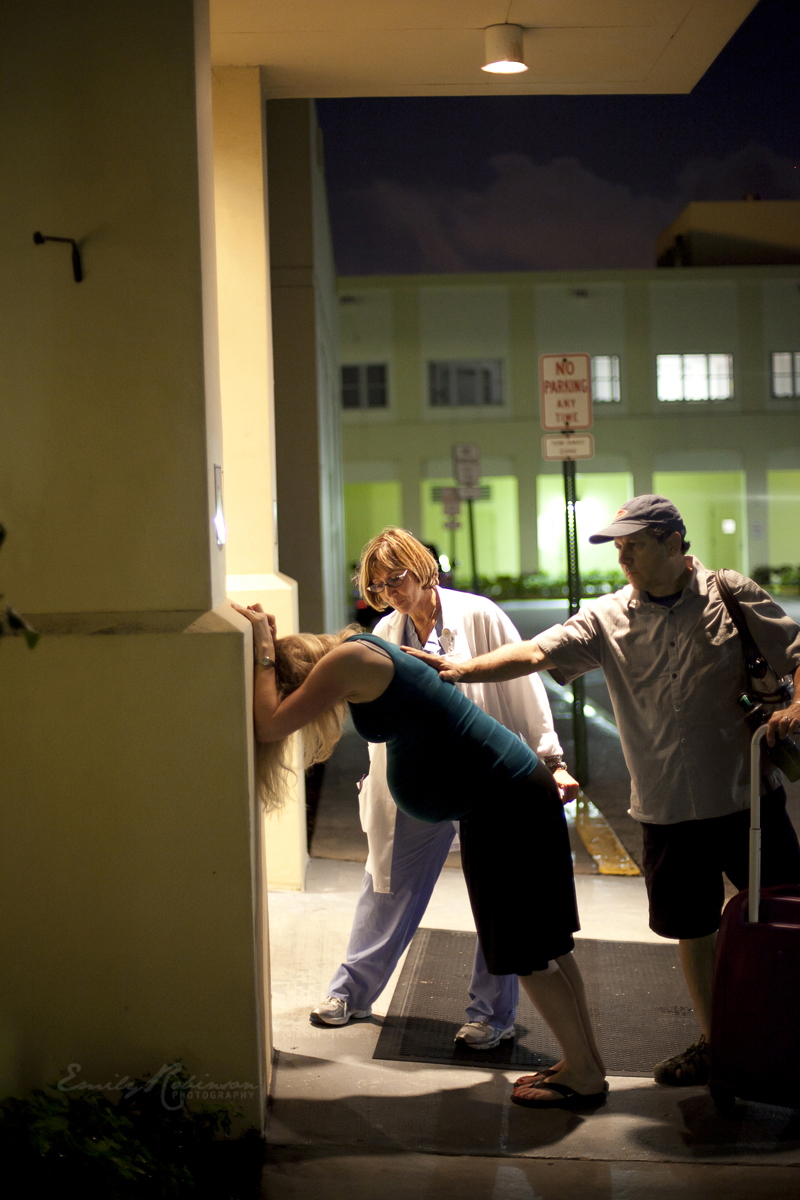How to Read Clouds as a Photographer |  |
- How to Read Clouds as a Photographer
- Interesting Photo of the Day: T-Rex Rudely Interrupts a Wedding Party
- Photographer Captures Dramatic Birth on a Sidewalk Outside Hospital
- Underwater Composite Photography Project for a Cameraphone Ad
| How to Read Clouds as a Photographer Posted: 30 May 2013 04:43 PM PDT Having been a wedding photographer in Sydney for a few years, I’m continually amazed at how much my photography is dependent on weather conditions. What I have found more surprising, however, is how much this has driven me to study weather patterns–clouds, in particular. In a sense, a good photographer is also a good meteorologist. Perhaps you haven’t given much thought to cloud patterns as a photographer. If so, this article is for you, and my goal is to persuade you to become a good meteorologist. In an industry where art and texture are everything, you won’t want to miss the enormous spectre of the sky on your shoot. Growing in your ability to read the clouds will determine and enhance your shoot. As a photographer in Sydney, there are a few key clouds I encourage you to read and use to your visual advantage. Cirrus CloudsFirst are the “high” clouds called cirrus clouds. They are atmospheric clouds shaped like white, wispy tufts. When they extend like sheets, they are then known as cirrostratus clouds and have a beautiful veil-like appearance to them. These clouds provide a wonderful textured backdrop to your wedding photos, and when you boost your recovery levels to high in Lightroom, it really emphasises the texture. You may rest assured that there is low likelihood of precipitation with cirrus clouds. Altocumulus CloudsSecondly, there are the Altocumulus clouds, which are at the middle level and are grouped into masses or rolls like cotton balls. They are often rippled and have dark shading which results in a very epic look, especially if you boost the contrast in post-production. However, they may also signal thunderstorms later in the day, especially when they gather height. In my experience, when you encounter altocumulus clouds, make the most of them, but be sure you have a plan in case light showers do come. Stratus CloudsThirdly, there are the typical middle (altostratus) or low (nimbostratus) cloud sheets, which are evenly dull depending on their weight. They color the sky uniformly, reducing it by several shades of dark grey. When photographing in this weather, remember to boost your exposure and leave the rest to post-production. The chance for rain is fairly high so I recommend you definitely have a wet weather backup plan! Cumulonimbus CloudsFinally there are the large, mushroom shaped clouds called cumulonimbus, which are very tall and dense. These epic clouds often produce lightning, so if you are very daring you may use this to your advantage by capturing a lightning shot in the background as you shoot the bride and groom! I hope this small survey has persuaded you that a good photographer is also a good meteorologist. Rather than despising the weather conditions on your wedding shoot, observe the weather patterns and use them to your advantage. About the Author: Go to full article: How to Read Clouds as a Photographer |
| Interesting Photo of the Day: T-Rex Rudely Interrupts a Wedding Party Posted: 30 May 2013 02:44 PM PDT With the vast population of wedding photographers in the world, it’s tough to stand out and make yourself noticed. In order to solve this problem, Quinn Miller creates an image of Jurassic proportions (or Cretaceous proportions, for you purists out there). In an original composition, he creates an image of his wedding party fleeing for their lives from the path of a stampeding Tyrannosaurus Rex. And of course this image has gone super viral garnering millions of views through social media: We’ve heard of unpleasant wedding guests before, but this is ridiculous. Of course, the dinosaur was Photoshopped in after the fact, as evidenced by the strange blurring effect in his hindquarters. Still, with this picture Miller has created a memorable matrimonial image among the sea of bland white smiles usually found in the industry portfolios, and which will hopefully inspire a few others to follow in his creative wake. Go to full article: Interesting Photo of the Day: T-Rex Rudely Interrupts a Wedding Party |
| Photographer Captures Dramatic Birth on a Sidewalk Outside Hospital Posted: 30 May 2013 01:37 PM PDT Judging by her portfolio, Emily Robinson is used to the rush and chaos that come with photographing births. And when Amy Beth Cavaretta of South Florida gave birth to her baby girl just steps from hospital doors, Robinson’s skills were put to the test. The photographer, who was hired to photograph the birth, planned all along to accompany the expecting mother and father to the hospital, but she didn’t plan for the photo session to occur on the sidewalk. With her quick thinking and amazing photography skills, she captured the fleeting moments beautifully. See how the story unfolded by watching this clip from the Today show (for those of you reading this by email, the video can be seen here): The proud parents, photojournalists themselves, never thought they’d end up on the other side of the lens. Their story and the photos of Baby Sienna’s unusual birth have gone viral.  Moments of relief following the successful delivery See more incredible photos of this speedy delivery (Via Petapixel) and read photographer Emily Robinson’s version of the story on her photo blog.
Go to full article: Photographer Captures Dramatic Birth on a Sidewalk Outside Hospital |
| Underwater Composite Photography Project for a Cameraphone Ad Posted: 30 May 2013 11:13 AM PDT Underwater photography used to be the realm of professional-grade cameras with expensive water-tight enclosures. However, recent years have seen the development of point-and-shoot cameras that can take photos and video while submerged in shallow waters without the need for additional waterproof housing. The commercial photographers tasked with advertising the new Sony Xperia ZR chose to use composite photography to piece together razor sharp underwater scenes (for those of you reading this by email, the video can be seen here): For the underwater shoot, photographer Jeffery Richt employs a setup that includes a wide-angle lens on an underwater camera and a strobe fired from above the surface. He then proceeds to use post-processing techniques to create composites, add bubbles, and plaster the scene on the submerged phone’s screen.
It’s a good concept and executed exceptionally well. The end results are sure to make any snap-happy swimmer eager to get their wrinkled fingers on the sleek phone. Go to full article: Underwater Composite Photography Project for a Cameraphone Ad |
| You are subscribed to email updates from PictureCorrect Photography Tips To stop receiving these emails, you may unsubscribe now. | Email delivery powered by Google |
| Google Inc., 20 West Kinzie, Chicago IL USA 60610 | |

